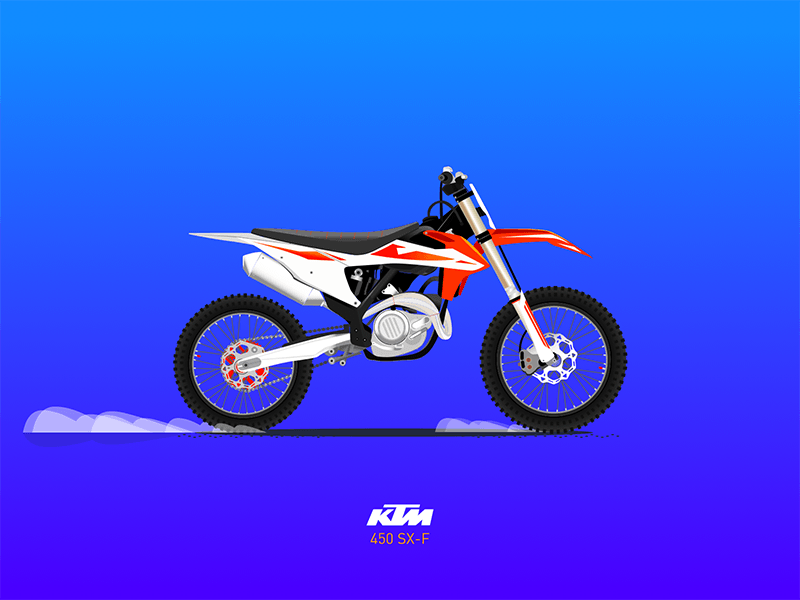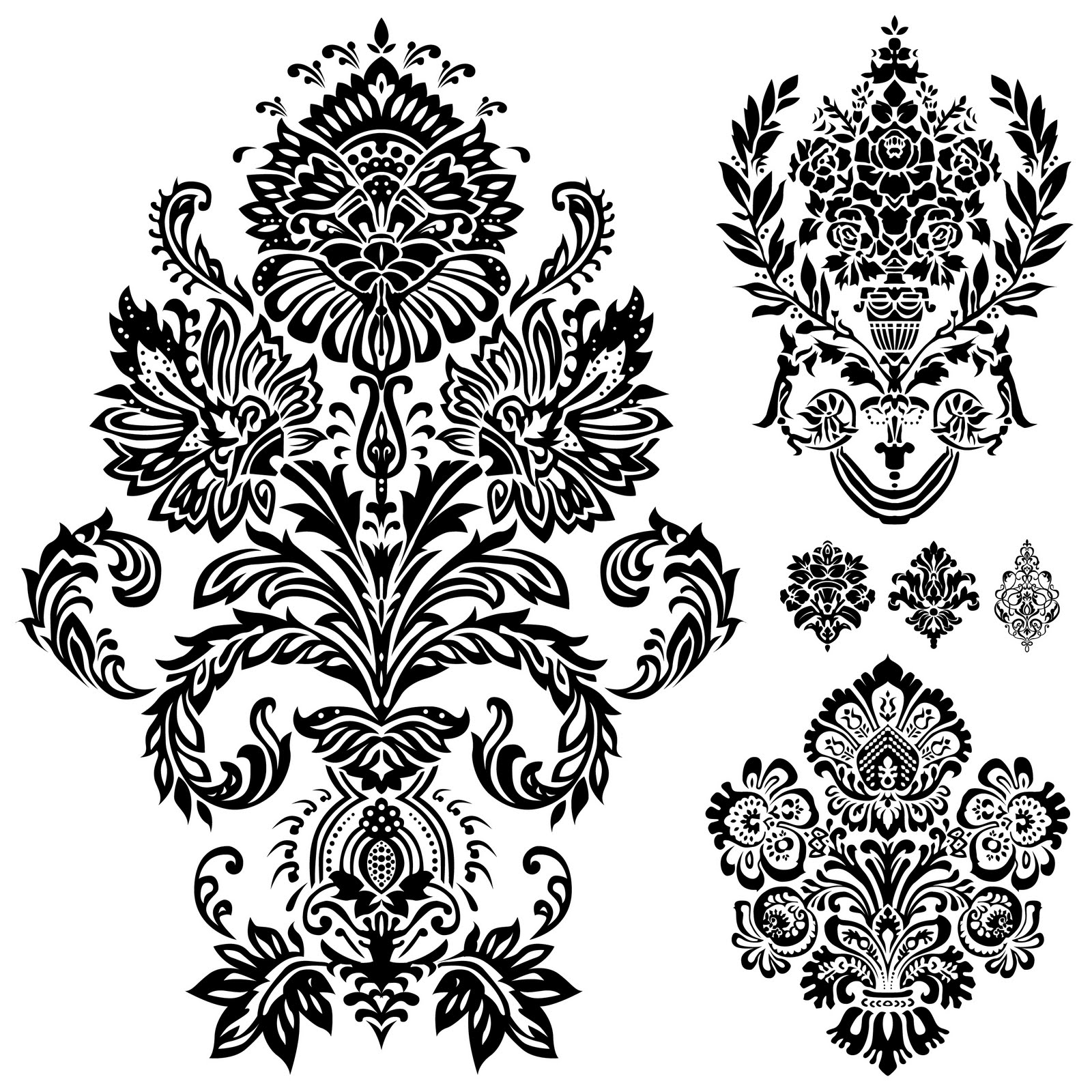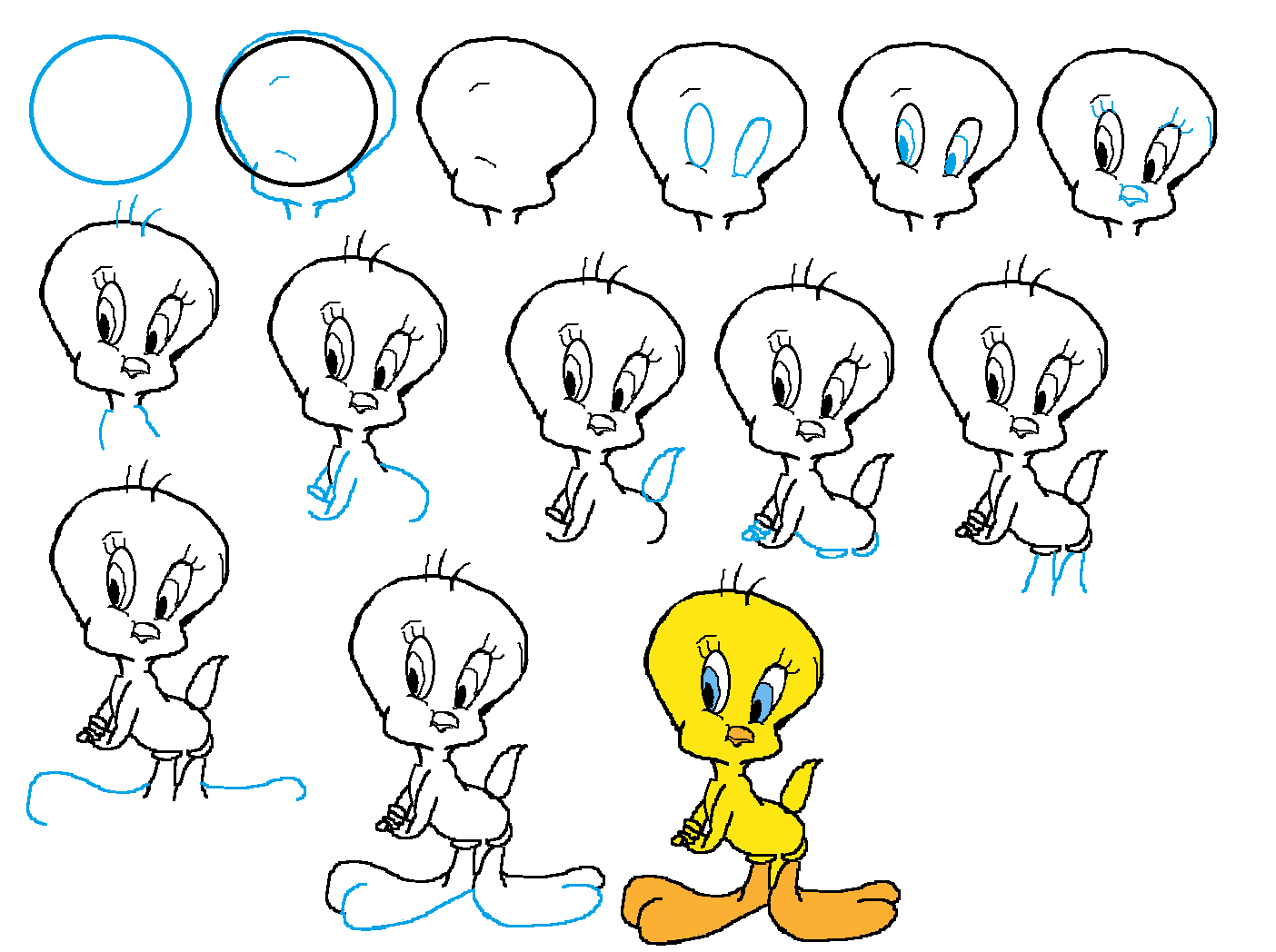Ktm bike drawing photos
Table of Contents
Table of Contents
If you’re a fan of motorcycles or just fascinated by their design, you may have wondered how to draw a KTM bike. Whether you want to create a realistic sketch or a stylized cartoon version, there are a few key tips and tricks to keep in mind. In this guide, we’ll explore the best techniques for drawing a KTM bike that looks impressive and accurate.
Learning how to draw a KTM can be a challenge, especially if you’re not familiar with the shape of the bike or the mechanics of its parts. Some common pain points when it comes to drawing a KTM include getting the proportions right, creating detail in the engine and wheels, and achieving a sense of depth and perspective in the finished drawing. However, with some patience and practice, you can develop the skills you need to create a stunning KTM bike on paper.
So, how do you draw a KTM bike? The first step is to gather reference images, whether from online resources or by taking your own photos of a real bike. This will help you get a sense of the bike’s proportions, angles, and details. Next, start with a simple sketch of the basic shape, using light lines and basic shapes to map out the bike’s body and wheels. From there, add in more details, paying close attention to the engine, suspension, and other parts that give the bike its distinct look. Finally, you can add shading and color to give your drawing a finished, polished look.
In summary, learning how to draw a KTM bike requires practice, patience, and attention to detail. By following these tips and techniques, you can create a realistic and impressive sketch of a KTM bike that showcases your skills as an artist.
How to draw KTM: Anatomy and Proportions
When it comes to drawing a KTM bike, one of the most important factors to consider is its anatomy and proportions. The KTM bike is known for its sleek, streamlined design, with a low-slung body and distinctive orange and black color scheme. To capture this look, it’s important to pay close attention to the size and shape of the bike’s various parts, including the wheels, engine, and suspension.
One helpful technique is to create a basic framework for the bike’s body and wheels, using simple shapes like circles and rectangles to map out the different parts. From there, you can add in more details, such as the engine block, handlebars, and exhaust system. It’s important to pay close attention to the proportions of each part, as even small variations can affect the overall look of the finished drawing.
Another helpful tip is to create a sense of depth and perspective in the drawing, which can make the bike appear more realistic and three-dimensional. This can be achieved through shading and shadowing techniques, as well as by paying attention to the angles and positioning of each part. By taking the time to carefully consider the bike’s anatomy and proportions, you can create a stunning drawing that captures the essence of the KTM bike.
Creating Detail in the Engine and Wheels
When it comes to drawing a KTM bike, the engine and wheels are some of the most important and recognizable parts. To create a detailed and accurate representation of these features, it’s important to pay close attention to their shape, texture, and coloring.
For the engine block, consider using a mix of different lines and shading techniques to create a sense of depth and texture. Pay attention to the way the engine is assembled, including the placement of the cylinders, spark plugs, and other parts. You can also add in small details like bolts, screws, and wiring to give the engine an even more realistic look.
When it comes to the wheels, consider using shading techniques to create a sense of depth and texture, as well as to add in details like the spokes, brake discs, and tire treads. It’s important to pay close attention to the size and shape of each part, as even small variations can make a big difference in the overall look of the finished drawing.
Using Shading and Color to Create a Polished Finish
One of the keys to creating a polished and realistic drawing of a KTM bike is to use shading and color effectively. Shading can help add depth and dimension to the drawing, while color can help highlight important details and add a sense of vibrancy and energy to the finished product.
To use shading effectively, consider using a range of different lines and hatching techniques to create texture and contrast. Pay attention to the way light falls on the different parts of the bike, and use shading to create a sense of shadow and depth. You can also use color to highlight important details like the KTM logo or the orange accents on the bike’s body.
Practice Makes Perfect: Tips for Improving Your KTM Drawings
If you want to improve your skills when it comes to drawing KTM bikes, there are a few key tips to keep in mind. First and foremost, practice is essential. Consider setting aside time each day or each week to sketch out KTM bikes, experimenting with different techniques and styles until you find what works best for you.
Another helpful tip is to seek out feedback from other artists or art communities, who can offer insights and critiques to help you improve your drawing skills. You may also want to consider taking online classes or workshops focused specifically on drawing KTM bikes, which can provide guidance and support as you develop your skills as an artist.
Question and Answer:
1. What are the most important parts of drawing a KTM bike?
Some of the most important parts of drawing a KTM bike include paying attention to the anatomy and proportions of the bike, creating detail in the engine and wheels, and using shading and color to create a polished finish. It’s also important to practice regularly and seek out feedback and guidance from other artists.
2. How can I make my KTM drawing look more realistic?
To make your KTM drawing look more realistic, consider using shading and shadowing techniques to create a sense of depth and texture. Pay attention to the way light falls on the bike’s various parts and use shading to create a sense of shadow and contrast. You can also use color to highlight important details and add a sense of vibrancy to the drawing.
3. Are there any online resources or tutorials for learning how to draw a KTM bike?
Yes, there are many online resources and tutorials available for learning how to draw a KTM bike. Some popular options include instructional videos on YouTube, online classes and workshops, and communities dedicated to motorcycle art and design.
4. What are some common mistakes to avoid when drawing a KTM bike?
Some common mistakes to avoid when drawing a KTM bike include getting the proportions wrong, neglecting small details like bolts and screws, and failing to create a sense of depth and perspective in the drawing. It’s also important to avoid being too heavy-handed with shading and color, which can make the drawing appear overworked or cluttered.
Conclusion of how to draw KTM
Drawing a KTM bike can be a fun and rewarding challenge for artists of all skill levels. By paying attention to the bike’s anatomy and proportions, creating detail in the engine and wheels, and using shading and color effectively, you can create an impressive and realistic sketch that captures the essence of this iconic motorcycle. Remember to practice regularly and seek out feedback and guidance from other artists to improve your skills and take your KTM drawings to the next level.
Gallery
My Drawing Of A KTM 125 EXC.

Photo Credit by: bing.com / ktm 125 exc drawing
Duke Bike Pencil Drawing - Bestpencildrawing

Photo Credit by: bing.com / ktm
Ktm Bike Drawing Images - Micro Scooters

Photo Credit by: bing.com /
Ktm Bike Drawing Photos - Pic-wire

Photo Credit by: bing.com / ktm
How To Draw KTM Bike Step By Stepfor Beginners || KTM Duke 150

Photo Credit by: bing.com /






